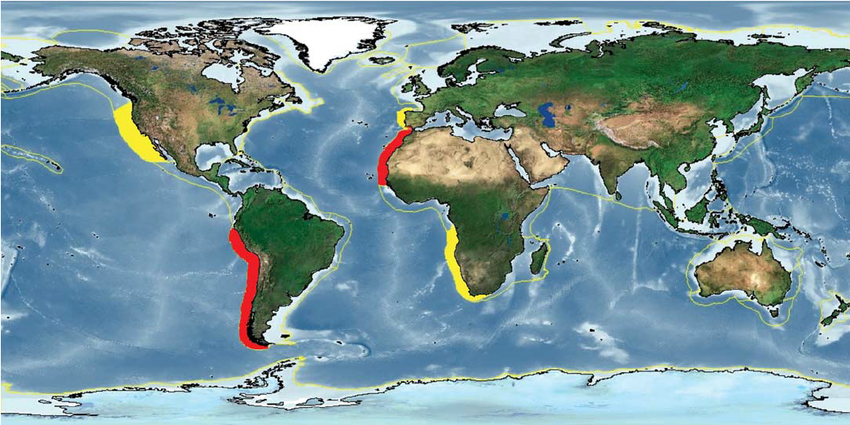By 정다은
Dunzhu Li is an environment engineer. He used to microwave his lunch in a plastic container everyday. But Li stopped doing this when he and his colleagues made a disturbing discovery. They discovered that plastic containers shed huge numbers of tiny specks, called microplastics, into hot water. They even found microplastics not only in containers but also in kettles and baby bottles. If parents prepare baby formula by shaking it up in hot water inside a plastic bottle, their infant might swallow more than one million microplastic particles each day, the team calculated. Microplastics are fragments of any type of plastics less than 5mm in length. They cause pollution by entering natural ecosystems from a variety of sources. Also, they cause serious health problems in various ways.
Almost 400 million tonnes of plastics are produced each year, a mass projected to more than double by 2050. Also, the amount of them flowing into the sea each year will increase by 11 to 29 million tons. Even if all plastic production were magically stopped tomorrow, remaining plastics in landfills and the environment would continue degrading into tiny fragments. (A mass estimated at around 5 billion tonnes.) They are impossible to be collected or cleaned up, and will constantly raise microplastic levels.
Have you ever heard that there are microplastics in sea urchin, seaweed, and even in meat? When you buy pre-packaged meat or fish products sold in the market, there is a thin soaking pad underneath to absorb the blood from the meat inside. The side where the absorbent pad touches the meat or fish is covered in felt, and inside the pad is a super absorbent polymer (SAP). Analysts found microplastics in the polymer. Test results showed that there were on average 1.60 mg of microplastics in the three beef products. They found over 7,200 microplastic particles that were as big as a hair’s breadth (about 75μm). Analysts also found over 110,000 smaller particles (about 30μm). Who would think that they are also eating plastic when they’re eating meat?
Scientists think we may ingest anywhere from dozens, to more than 100,000 microplastic particles each day. This means it could be around the mass of a credit card within a year. If microplastics keep accumulating inside our body, they would cause metabolic disturbance, neurotoxicity as well as carcinogenic effects. It has been shown that they can act as endocrine disruptors, thus interfering with normal hormone function and potentially causing weight gain. In addition, certain microplastics like flame retardants, can affect normal brain development in children.
The use of plastic is one of the conveniences of modern life, but in recent years microplastic contamination has become an emerging global concern. Microplastics are everywhere- from the deepest oceans to the air we breathe. They don’t break up, melt, and disappear. In spite of the serious situation, people are not really aware of them. Maybe it’s because of the size which is too small to see. By any exhibitions, advertisements, or announcements, we need to let people know how serious the problem is.








Leave a comment